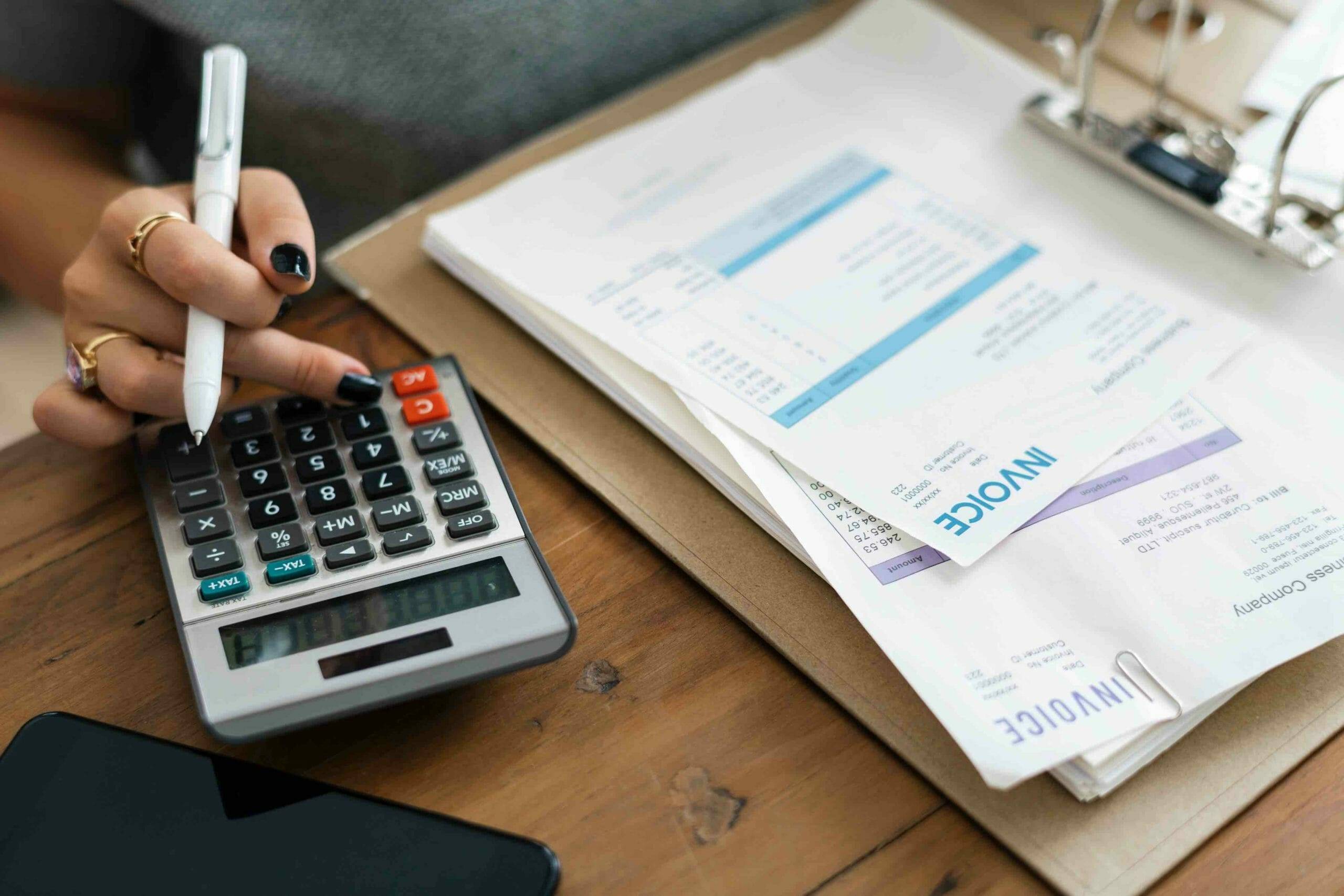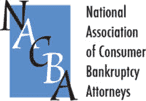Bankruptcy is a legal process that helps thousands of Americans make a fresh financial start every year. If you are considering filing for bankruptcy in San Diego, you may be wondering what the process looks like. After you declare bankruptcy, you will need to file a petition in a federal bankruptcy court. If you live in San Diego, you will file for bankruptcy in the United States Bankruptcy Court for the Southern District of California.
Filing Your Bankruptcy Petition
The first thing you will need to do is determine which type of bankruptcy will best suit your needs and goals. The most common types of bankruptcy are Chapter 7 bankruptcy and Chapter 13 bankruptcy. Chapter 7 bankruptcies are considered liquidation bankruptcy. The trustee managing your case will liquidate most of your assets and use the funds to pay your creditors.
In Chapter 13 bankruptcy, the bankruptcy trustee will help you establish a repayment plan. You will make a flat monthly payment for three to five years. After that, the court will discharge your bankruptcy. Each type of bankruptcy has different eligibility requirements, negatives, and advantages. An experienced bankruptcy lawyer can help you submit an accurate and thorough bankruptcy petition.
What Happens After You File Your Petition?
After you file your bankruptcy petition, the process will begin. The trustee will inform your creditors that you filed for bankruptcy. Once your creditors have noticed that you filed for bankruptcy, they are required by law to stop harassing you over the debt you owe them. The bankruptcy court will request specific information from you, including:
- The total amount of debt you owe
- A complete list of all of your creditors
- An accounting of your total income
- An accounting of your outgoing expenses
You will need to attend a 341 creditor meeting before the court will discharge your debt. You will also need to take classes to help you make better financial decisions. Once all of these steps have been taken, the court will discharge your debt, relieving you of the obligation to repay your creditors for certain debts. After the bankruptcy court has discharged your debt, your creditors cannot contact you or try to collect it in any other way. The bankruptcy court’s discharge is permanent and final for all the unsecured that you have included in your bankruptcy petition.
How Long Does the Process Take?
Each bankruptcy case is unique. Additionally, the timing for discharges of debt varies according to the type of bankruptcy for what you filed. However, for most Chapter 7 bankruptcies, the process takes between four to six months. Typically, a Chapter 13 bankruptcy will take between three to five years to be completed.
Discuss Your Case With a San Diego Bankruptcy Lawyer
Do you have questions about filing for bankruptcy in San Diego? If so, the experienced bankruptcy lawyers at Bankruptcy Law Center are here to help. Contact our San Diego Law Firm today to schedule your free initial consultation.










